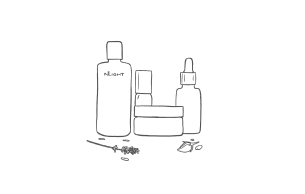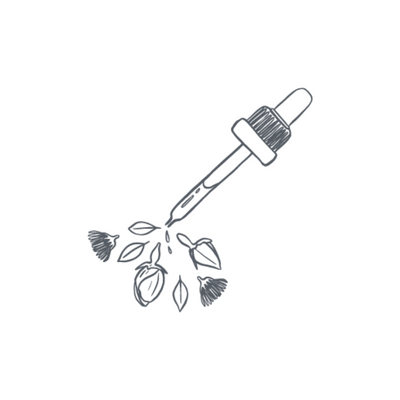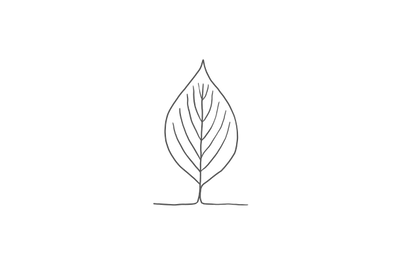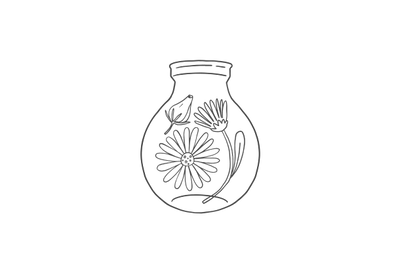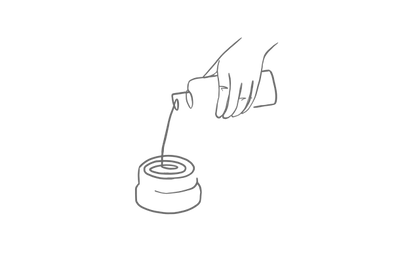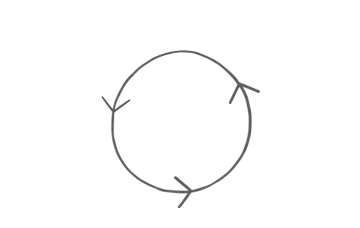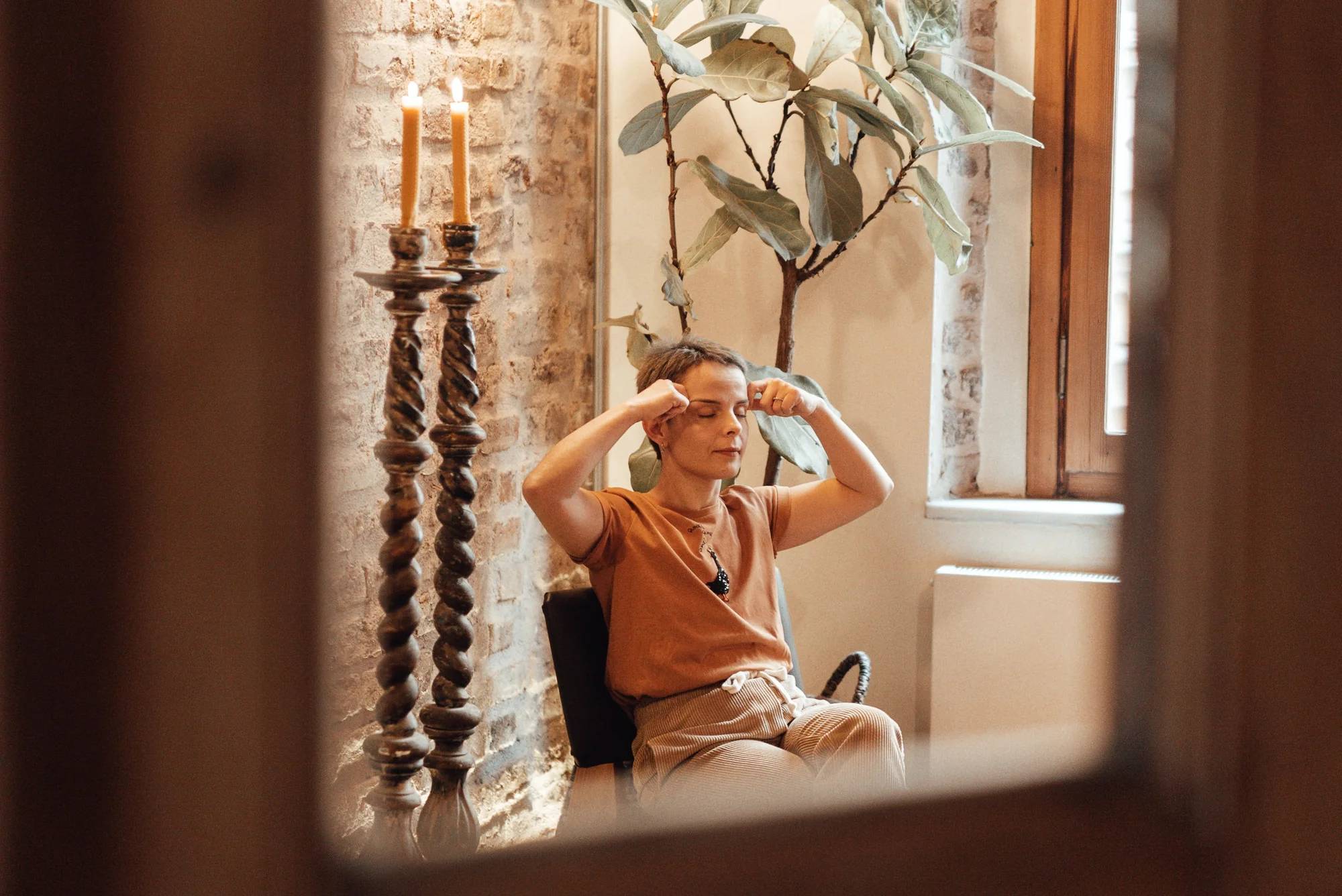
The Ultimate Guide To
Self-Massage On The Move
Self-massage can take minutes but add endless hours of wellbeing to your life. And it’s something that anyone, no matter how busy you are or where you find yourself, can add to your self-care routine.
Most of us can agree that when it comes to treating some of the most common ills associated with twenty-first-century living, the five senses provide us with a gateway into what our body needs. We know that certain smells have the ability to make us feel relaxed or uplifted and that certain tastes are associated with feelings of comfort and belonging. But, did you know that human touch also has the power to heal?
Human touch as therapy
A growing body of research suggests that human touch is more powerful than many of us realise. It’s why many doulas and birth assistants encourage skin-to-skin contact between mom and baby after birth. And why many holistic health experts recommend regular self-massage as a way of bringing our bodies back to a state of cellular and neurological balance. Physical touch can play a significant role in your physical, emotional and mental wellbeing. Allow us to elaborate.“I feel so much worse now than when I went in,” said no one ever after a massage. Because of course, we can all attest to the fact that massage makes us feel better, even if we can’t pinpoint exactly why that is. You may be surprised to know that this phenomenon is not only part of our shared experience, but the benefits of massage; and human touch in particular, is a scientifically researched and proven fact.
Numerous studies have proven that being “touch starved” can have far-reaching consequences for the body and mind.
If like most people, you’re living life in the fast lane or on a budget, you may feel like massage requires too big of an investment in terms of your time or your financial resources. But we’re here to debunk this myth.
The body and mind benefits of self-massage
Self-massage can take minutes but add endless hours of wellbeing to your life. And it’s something that anyone, no matter how busy you are or where you find yourself, can add to your self-care routine. Here’s why we believe that self-massage is something everyone should invest in:
Physical benefits of self massage:
Tension relief for muscles
Improved blood circulation and skin vitality
Improved metabolic function
Alleviation of conditions such as arthritis and fibromyalgia
Improved heart health
Better oxygen flow to vital organs
Pain relief for conditions such as headaches and migraines
Better sleep quality
Lower and more regulated blood pressure
Increased physical energy and stamina
And, there are a number of emotional and mental advantages too. Let’s have a look at some of the most prominent ones.
Mental and emotional benefits of massage:
Stress reduction (because we could all do with a bit of this)
Alleviation of the effects of conditions like depression and anxiety
Elevated mood Increased production of serotonin and dopamine (the “happy hormones”)
Aid relaxation
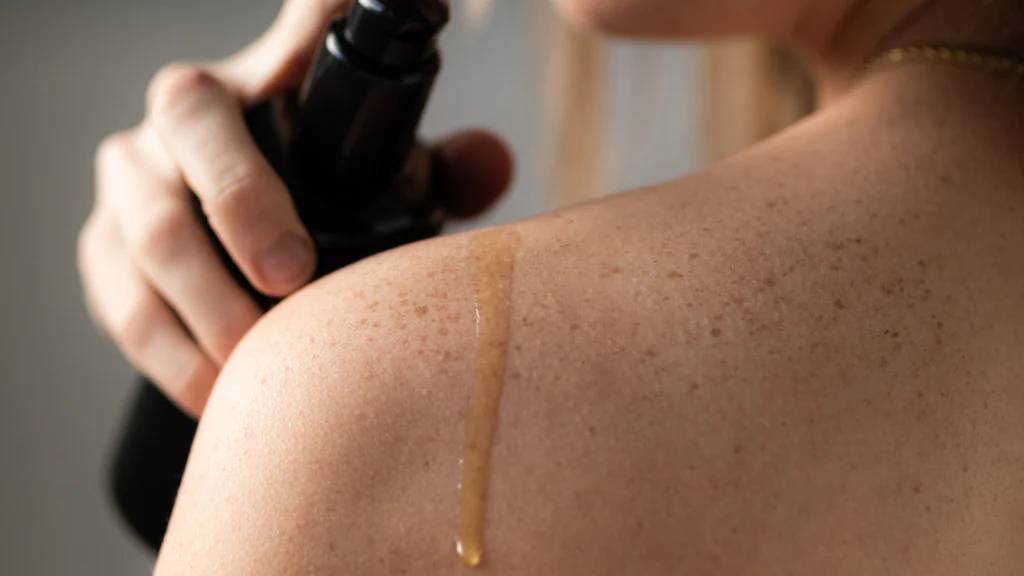
Wondering how to include self-massage into your routine? We’ve got some tips, inspired by tried-and-tested medical and wellbeing disciplines that will help you make the most of your self-massage routine.
But first - body oil or body butter?
Self-massage is easier and more effective when performed with an oil that will reduce friction and provide a smooth trajectory for your hands. Our Body Oil with Arnica contains a deeply warming, soothing blend of botanical beauty ingredients including apricot kernel oil and evening primrose oil.
Fancy a butter? We’ve got you covered. You can try any of the following massage techniques using the Inlight Beauty Body Butter, a smooth formulation featuring notes of palmarosa and lavender to help you relax and unwind. The butter/balm melts to the touch, having a thicker consistency to the oil.
And, because you’ll get nothing less than the best natural skincare formula when you try an Inlight Beauty skin oil or body butter, you can rest assured that it won’t cause any irritation for sensitive skin or rash-prone skin. Next, we’ve got some tips you can try.
For your head: 5 head massage tips inspired by an ancient art
For advice on how to give yourself a head massage, we turn to the ancient art of Ayurveda – a practice that takes us back by over 3000 years to the bustling streets of India. The term, “Ayurveda” can be loosely translated to mean, “knowledge of life.” This discipline combines herbal remedies with massage therapy, yoga, meditation and a healthy diet to purify the body, bolster the immune system against disease and bring harmony to the organs of the body. Having a stressful day? Try these Ayurveda-inspired head massage techniques:
1. Use your thumbs and fingers to massage hair oil into your head using circular motions starting from the sides and working your way towards your crown. As you’re doing this, take deep breaths in and out, ensuring that your stomach gently expands and contracts as you breathe, rather than taking shallow breaths into your throat and chest. (Inlight Hair Elixir will work great for this)
2. Grasp fistfuls of your hair at the roots and tug them from side to side, keeping your wrists as close to your scalp as possible.
3. Place the heels of your hands on your temples and apply gentle pressure in slow, wide, circular movements.
4. Place your left and right thumbs under the base of your skull and using a rubbing movement, apply friction to relieve any tension in the occipital region.
5. Place your left hand on your right shoulder near your neck and squeeze the shoulder muscle. Release and squeeze your hand as you work your way down from your shoulder all the way to your elbow, then return to the base of your neck. Repeat this on both sides.
For your feet: DIY Reflexology for the win
Reflexology is the therapeutic practice of applying gentle pressure to various points on your feet, each of which are believed to be linked to a specific body part or vital organ.
Did you know that there are nearly 15 000 nerves in your feet alone? So you’re missing out if you’re not treating yourself to a ten-minute self massage at least once a week. Try these DIY reflexology techniques before bed to promote better quality sleep:
1. While sitting in a comfortable position on a solid base, cross your foot over your knee and hold your ankle firmly. Place the thumb of your other hand on the sole of that foot.
2. “Walk” your thumbs up from the base of the heel to each toe inch by inch, then apply gentle pressure with the outer edge of your thumb and forefinger to these points:
The top of each toe (to stimulate the head/brain and promote clarity of thought)
The centre of each big toe (to stimulate the pituitary gland)
The ridge of your toe (the crease between your foot and your toe) to relieve stress and tension
The outer side of the big toe (to stimulate your pineal gland which controls your circadian sleep rhythm)
The base of your big toe (to promote better metabolic function)
The ball of your foot (which is connected to your breathing and oxygenation of the body)
Under the centre of your foot (which is connected to your solar plexus and is believed to encourage relaxation)
For your hands: Self-massage physio techniques for tired hands
Physiotherapy provides a range of solutions for pain relief and increased relaxation, including massaging your hands. In some cases, physiotherapists have reported that hand massages have helped to alleviate conditions like arthritis, carpal tunnel and neuropathy, all of which are becoming increasingly common due to many people being desk-bound and working for many hours using a keyboard and mouse. Try these physiotherapy techniques on your hands:
1. Using your thumb and applying moderate pressure, rub in circular motions over the back of your hand to your palm, paying close attention to the soft tissue between your thumb and forefinger.
2. Hold your arm out in front of you with your hand bent and your fingers pointing downwards. Using the hand on the opposite arm, gently press on the back of the bent hand to stretch the forearm muscle. Feel the extension and hold for 20 seconds, then turn the palm of your hand upward, Use your hand to gently guide the fingers backwards and hold the stretch. Repeat on both sides.
3. Massage your hand using a closed fist and roll it around in the centre of the other hand, applying moderate pressure.
Have a self-massage technique you’d like to share? We’d love to connect with you on social media and find out more about how you’ve incorporated massage into your self-care routine. Follow us on Facebook, Instagram.
You can also sign up for beauty news, exclusive offers and tips from our experts by subscribing to our newsletter. P.S. First-time subscribers get 10% off your first order.
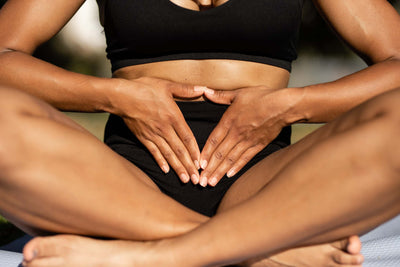
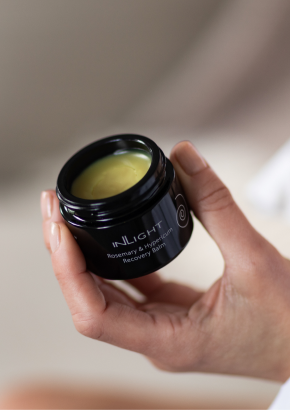
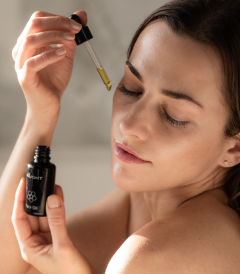
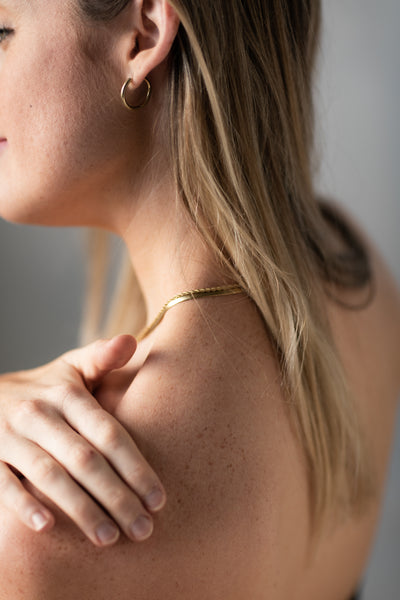
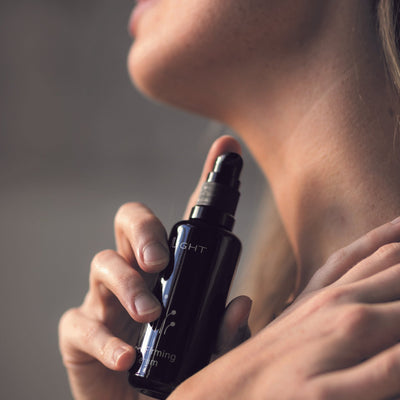
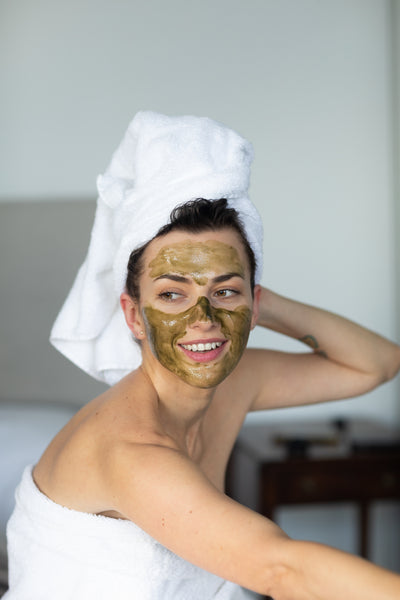
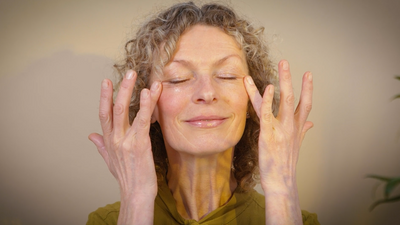
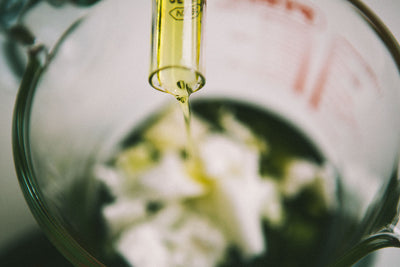




.png?v=1709810838241)

.png?v=1709810636380)













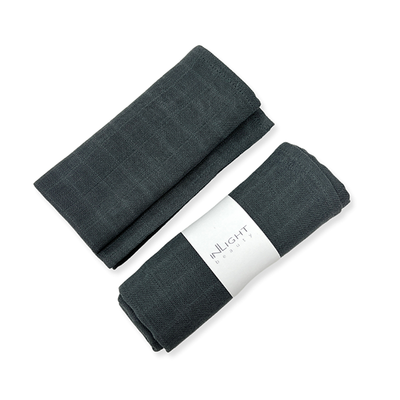


.png?v=1709810460212)














